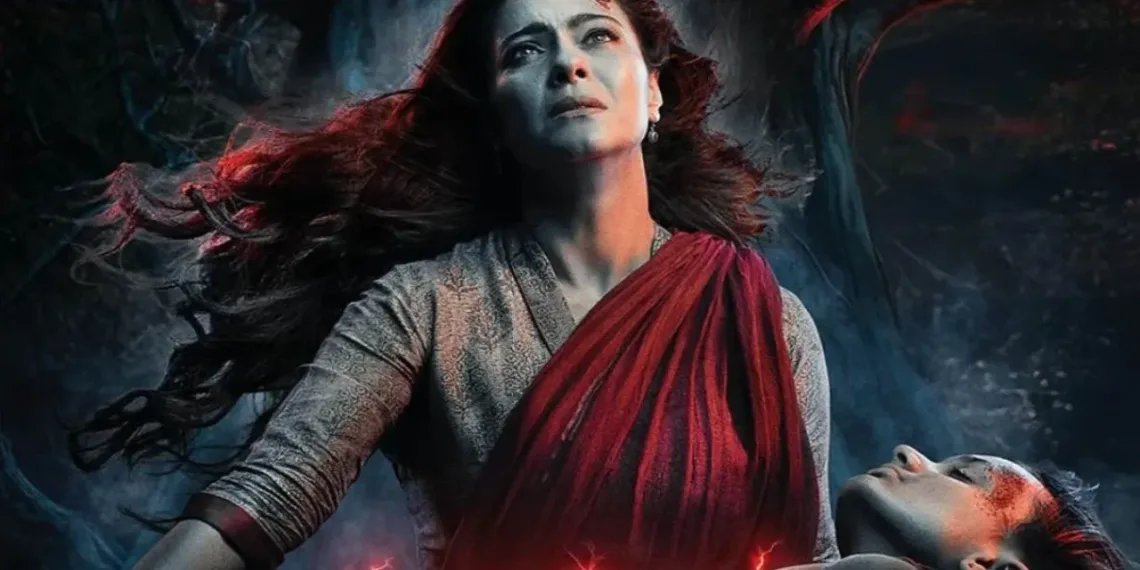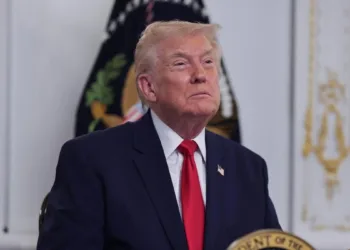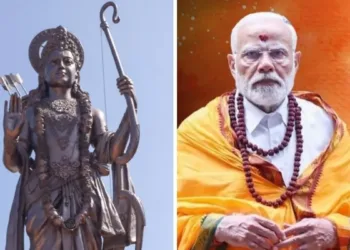Kajol’s supernatural thriller “Maa” just dropped, and fans are buzzing about that mind-bending ending and shocking post-credit scene. If you’re scratching your head wondering what just happened and how it connects to the Shaitaan universe, you’ve come to the right place.
Maa takes the classic mythology of Goddess Kali versus demon Raktabija and flips it completely on its head. The film shows that good always wins over evil in the final battle between Kajol and the demon, but here’s the twist – the real villain isn’t just the demon itself.
The movie’s genius lies in revealing that evil itself is the true antagonist – not just one demon, but the eternal cycle of darkness that keeps returning in different forms.
Table of Contents
Breaking Down the Climactic Battle
The film builds on the tale of Raktabija, suggesting that instead of being completely destroyed, one drop of his blood gave birth to a new demon. This creative interpretation sets up the entire conflict where Ambika must channel divine power to protect her family.
The final confrontation showcases Kajol’s character transforming into a fierce protector, embodying the spirit of Goddess Kali to defeat the supernatural threat. However, the victory comes at a cost – raising questions about whether the cycle of evil can ever truly be broken.
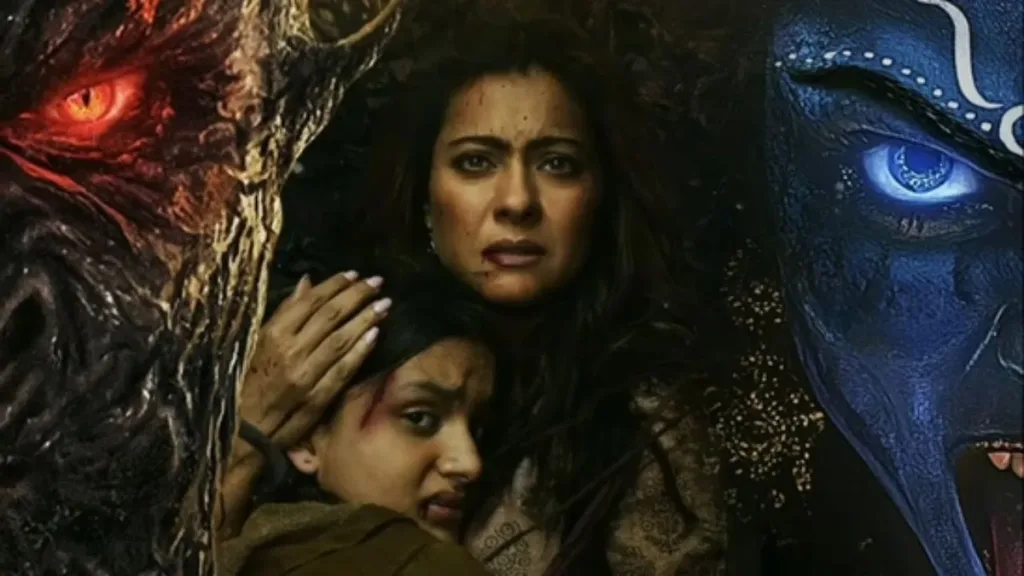
| Character | Role | True Nature |
|---|---|---|
| Ambika (Kajol) | Protective Mother | Divine warrior channeling Kali |
| Raktabija Demon | Primary Antagonist | Ancient evil seeking rebirth |
| Shweta | Ambika’s Daughter | Unwilling vessel for demon’s child |
| The Real Villain | Hidden Force | Evil that transcends individual demons |
That Post-Credit Scene: Shaitaan 2 Connection Confirmed
Hold onto your seats because the post-credit scene changes everything. We see a man in a hoodie, played by R Madhavan, who enters the haunted forest and takes the ashes of the demon in his hand. He then turns into a demon himself, hinting at the plot of Shaitaan 2.
This scene brilliantly connects Maa to the broader Shaitaan universe, with the ominous line “Jab tak insaan hai, Shaitaan zinda rahega” (As long as humans exist, evil will survive) setting up future installments.
What This Means for the Shaitaan Universe
The post-credit revelation transforms Maa from a standalone supernatural thriller into a crucial piece of a larger cinematic puzzle. R Madhavan’s appearance suggests that the events of Shaitaan and Maa are interconnected, with evil manifesting in different forms across time and space.
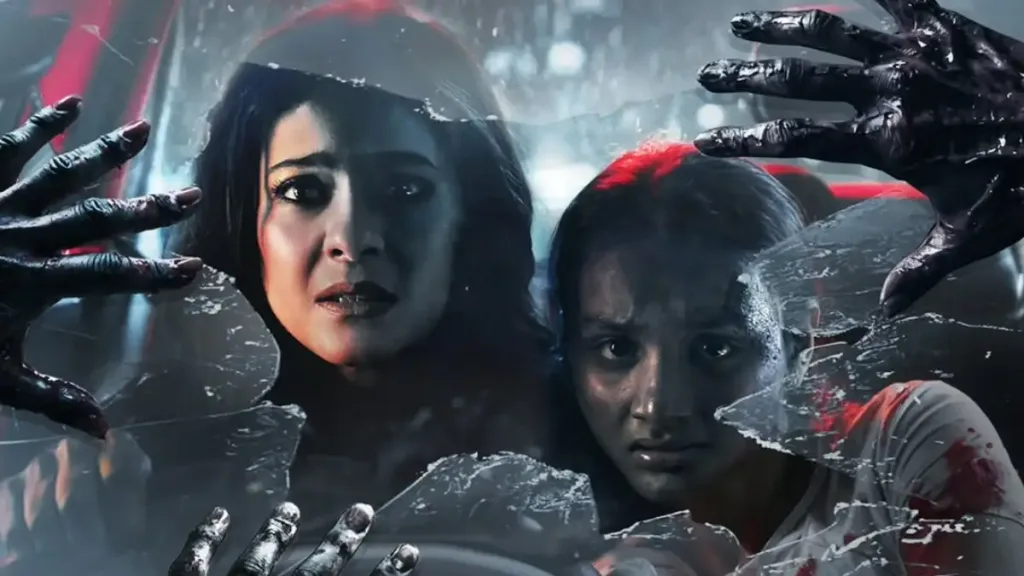
This expansion strategy mirrors successful horror franchises like The Conjuring universe, where individual stories contribute to a larger mythology. For more insights on expanding film universes, check out our entertainment analysis section.
The Deeper Meaning Behind the Ending
Beyond the supernatural elements, Maa explores themes of maternal protection, the cyclical nature of good versus evil, and how ancient mythologies remain relevant in modern times. The ending suggests that while individual battles can be won, the war between light and darkness continues eternally.
For the latest updates on Bollywood supernatural thrillers and franchise developments, visit our movie news section.
Frequently Asked Questions
Q: Does Shweta still carry the demon’s child after the ending?
A: The film leaves this deliberately ambiguous. While Ambika defeats the demon, the post-credit scene with R Madhavan suggests that evil finds new ways to manifest, keeping the door open for future supernatural threats.
Q: How does Maa connect to the original Shaitaan movie?
A: While Maa operates as a standalone story, the post-credit scene featuring R Madhavan directly ties it to the Shaitaan universe. The film establishes that evil transcends individual demons, setting up a shared mythology where different supernatural threats emerge across multiple films.

